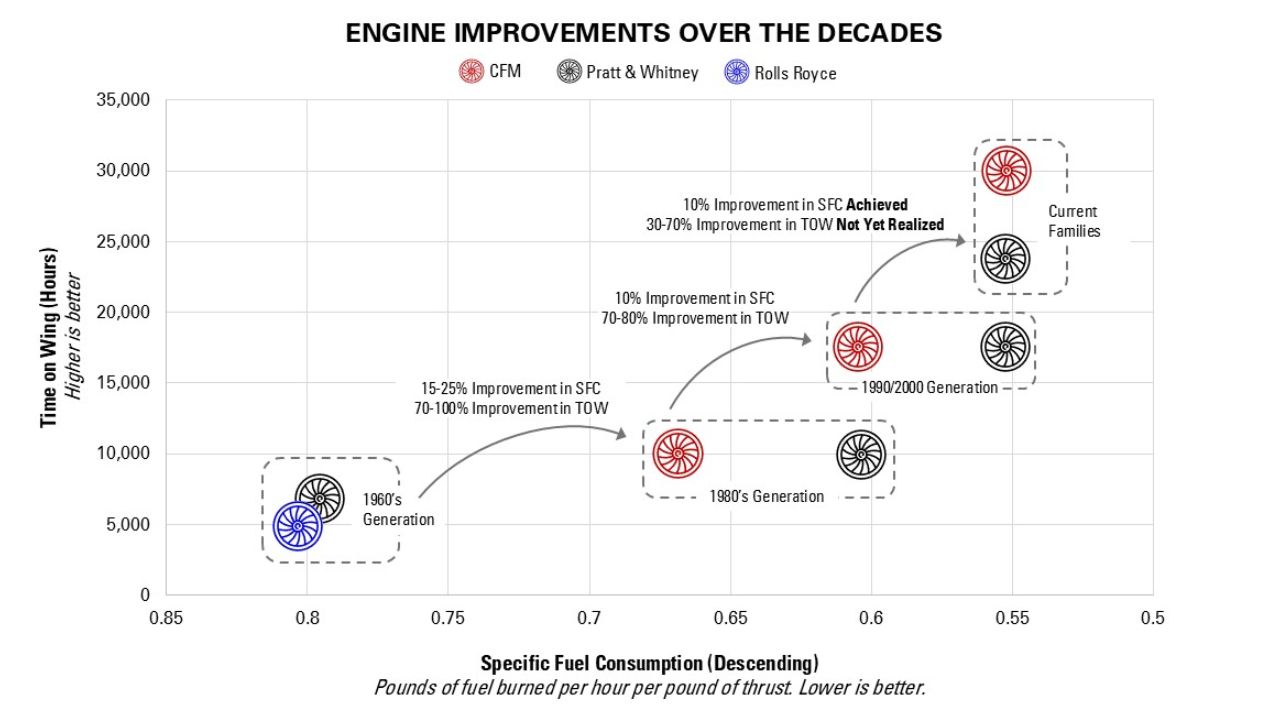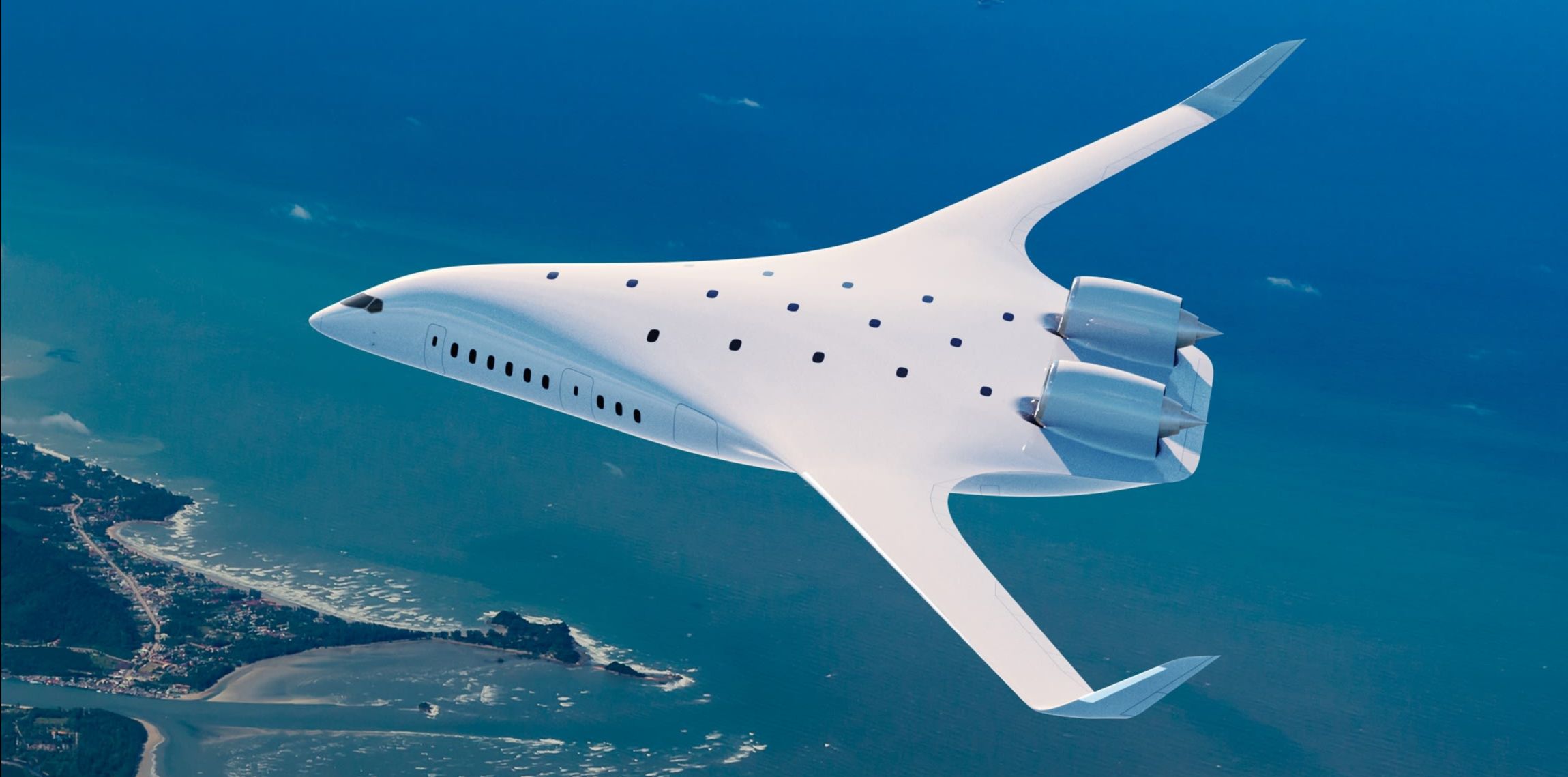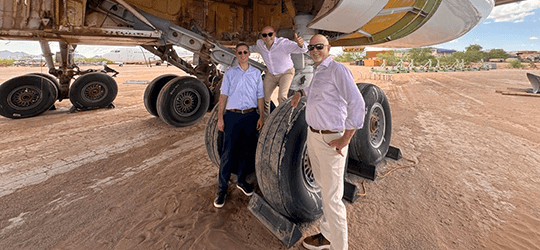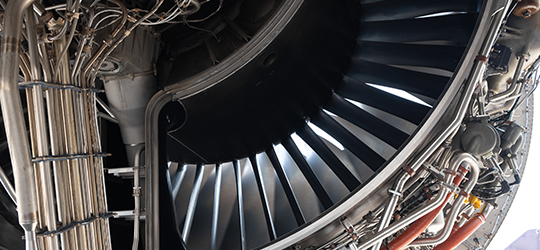
Let's talk about engines
The current “new” engine variants that have been delivered on the latest versions of the 737 and A320 have been the subject of intense shop visit activity that is likely to continue for another 24 months or so. The big issue is whether these engines will ever get to where the industry hoped they would get to in terms of time on wing.
As a refresher, let’s review what the manufacturers had hoped to achieve by looking back to other engine generations and how the developments sought to improve fuel consumption reliability.

What does this mean for current and future aircraft developments?
In an effort to deliver what was originally envisioned, the engine OEMs have strategies to perform fixes and longer-term performance improvements.
Since it will take several years to see the evidence of that recovery, we wonder how the airframers can possibly develop new aircraft types to replace the 737 and A320?
If the past mantra from airlines of, “we need to see at least 15% improvement in cost per hour fuel burn and engine overhaul costs (time on wing and shop visit costs to reduce the overall cost per hour and cycle by 15%),” then the key question becomes, “from what starting point?”
If the operators of the thousands of previous generation A320CEO and 737NG expected to see across the board improvements of 15% in the overall cost per hour/cycle with the introduction of the 737MAX and A320NEO - we acknowledge that this has yet to be achieved.
If the next generation aircraft must improve from the datum of what was originally targeted with the LEAP and GTF engines, then we need to wait to understand the technology and materials that will be required to achieve that step change.
So, where do we go from here?
Unless the above puzzle can be solved, it is unlikely that we will see a new aircraft to replace the A320NEO and 737MAX in the popular narrowbody sector being announced anytime soon.
That means airlines, lessors, and financiers will have to remain focused on the current tech types. The recovery in values and lease rates of those types is likely to continue/plateau with residual values remaining strong, especially as the multitude of engines that were only repaired rather than fully overhauled will require more shop visits.
Also, we expect MRO capacity will remain constrained so leases that were extended in the last few years may be further extended rather than having additional “contracted redelivery condition work that isn’t really airworthiness related.” (That’s a whole new topic to discuss!)
We would be remiss to not acknowledge the spirit of innovation that is foundational to our industry. Established players and disruptors alike are working to develop and commercialize new technologies that have the potential to shift the current paradigm.
There has been significant discussion and investment by the main airframe OEMs in their aim to meet the 2050 Net Zero targets. However, in the last year we have seen Airbus state that their target of 2035 for a major shift to hybrid/hydrogen fueled options will be pushed back. To when?
Not all efficiency improvements are focused on engines or fuel. One project taking a different approach, and of particular interest, is JetZero. With an expected seat count of 200 to 250 seats it would be a competitor to the established larger Boeing and Airbus single aisle aircraft as well as the smaller twin aisle offerings.

The JetZero project is different to the extent that the reduction in CO2 emissions (by 50%) are based around the fuselage efficiency rather than major developments to the powerplant.
The design is a major shift from the tube and wing design that we have come to expect. JetZero’s design introduces many questions around the aerodynamics and handling, and from the consumer perspective, of not being close to a window or exit may present a challenge for adoption. Many of us will have been in those middle seats in the economy section of a twin aisle aircraft where it is difficult to see the outside world, so what will passengers make of JetZero? With infotainment systems that will likely reproduce a view of the outside, perhaps it is possible to imagine that there will not be too adverse a reaction?
Notably the project refers to commercial, military and freight options - perhaps the latter two options would be less concerned with respect to what the payload thinks!
We are closely following the JetZero project and will share thoughts as the project develops. What do you think about the new design?




